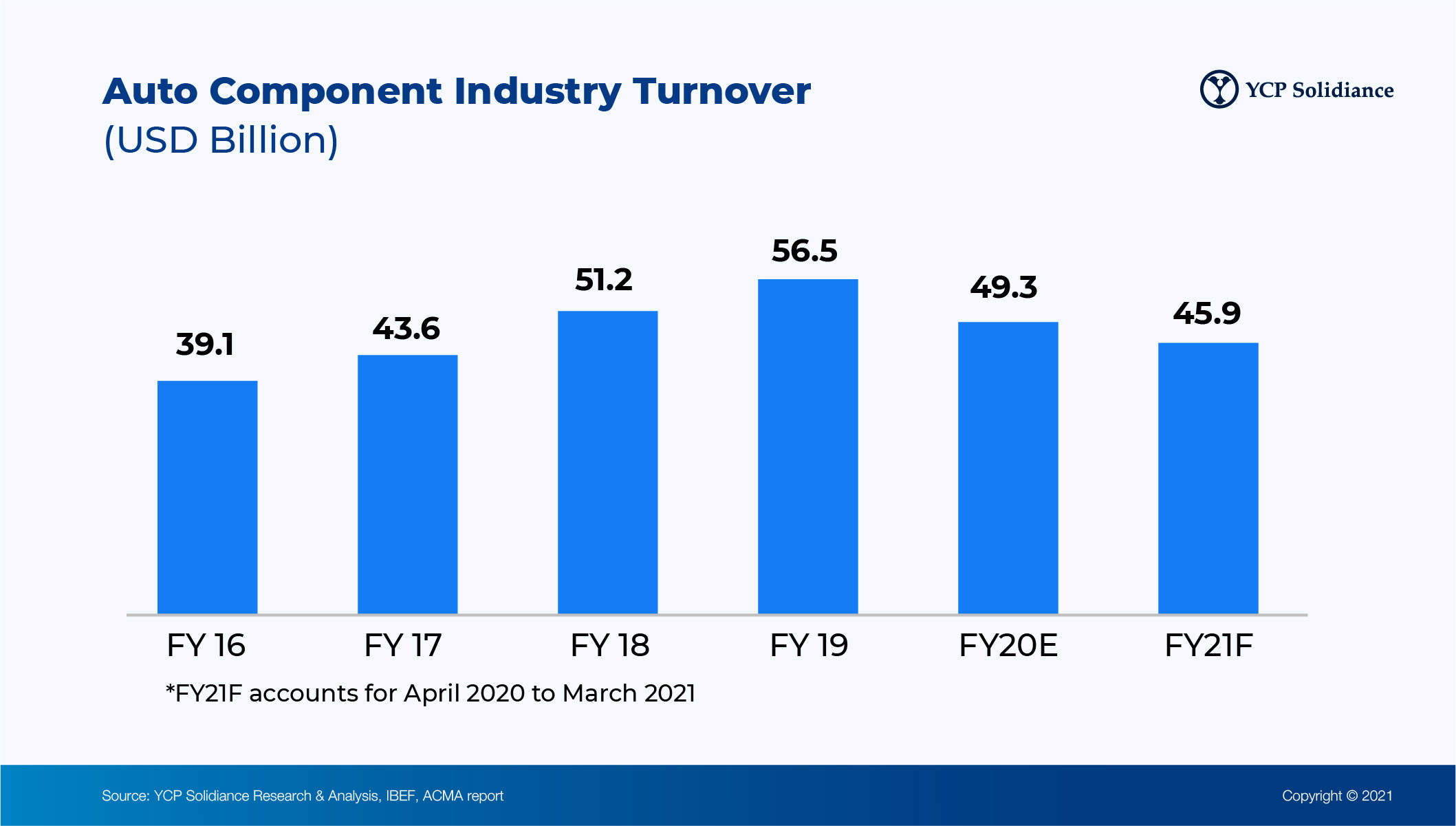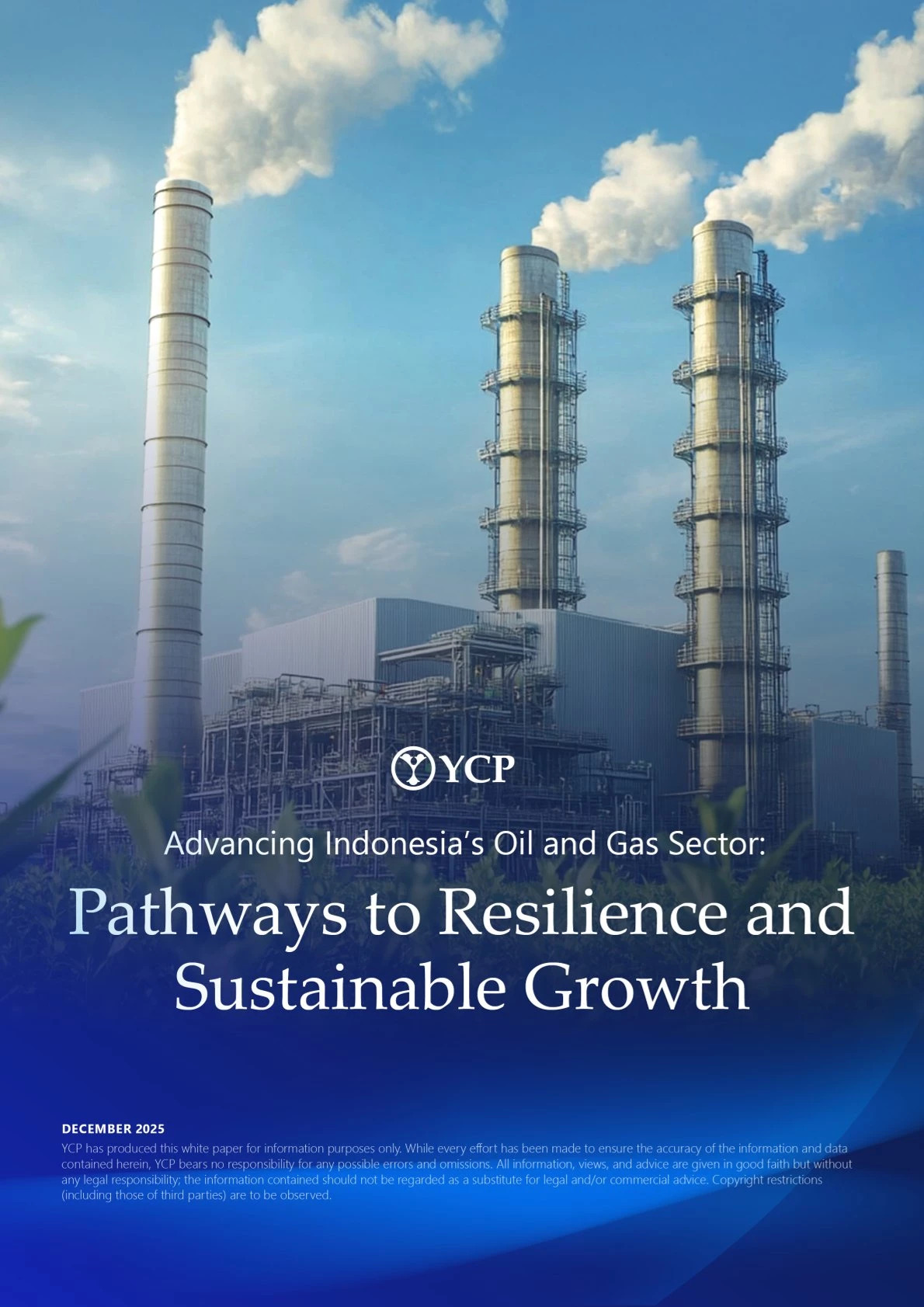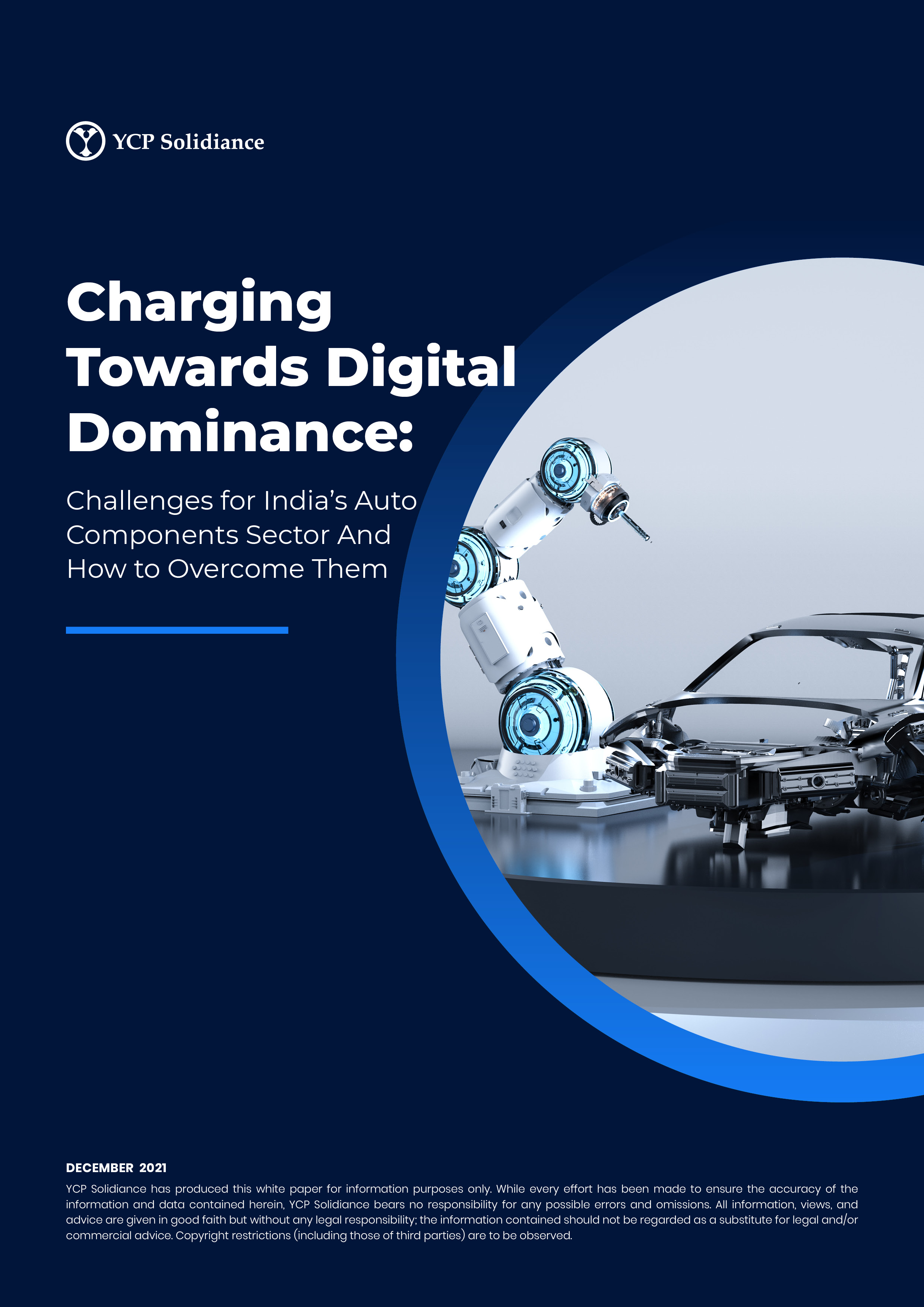As the fourth-largest auto market worldwide, India now stands at the forefront of global automotive production. This sector typically contributes over 25% to the annual GDP and employed more than five million people from 2018 to 2019.
However, the auto components sector has been facing massive setbacks stemming from the effects of the global COVID-19 pandemic. Countries imposing strict social distancing measures and lockdowns, as well as the recent halt to the global supply chain system, eventually slashed the sector's turnover projections by up to 11.7 percent in 2020.
Despite the turbulence of the pandemic, an emerging passenger vehicle market and its corresponding increase in aftermarket sales means India’s automotive sector is prime for resilience and growth, producing a five-year outlay of over USD 8.1 billion.

The publication identifies three critical challenges India must first address in order to successfully grow the market:
- The disconnect between customers' needs and services offered by unorganized workshops: Independent workshops currently account for around 52% of India's aftermarket sales for auto components. However, most workshops suffer from a lack of trust, transparency, and access to high-quality parts.
- Supply of counterfeit auto parts: The complex nature of the existing auto component value chain consisting of different manufacturers, distributors, retailers, wholesalers, and dealers provides multiple entry points for counterfeit and low-quality products to penetrate the value chain.
- Evolving customer expectations: Customers now have higher expectations towards factors such as quality of service, convenience, customization, and range of choices offered.
This white paper discusses how digitalization is prime to be the number one strategy to address these issues, allowing auto components players to adapt to ever-changing consumer and industry demands. Also explored are the digital solutions offered in several case studies that ease the process for supply chain players by leveraging data analytics and seamless vertical integration for better customer experiences.
Author
Pavan Kumar Madamsetty
Pavan is our New Delhi-based Partner with renowned successful experiences in assisting Fortune 500 companies throughout the industries to success.
Recent White Paper
See All





